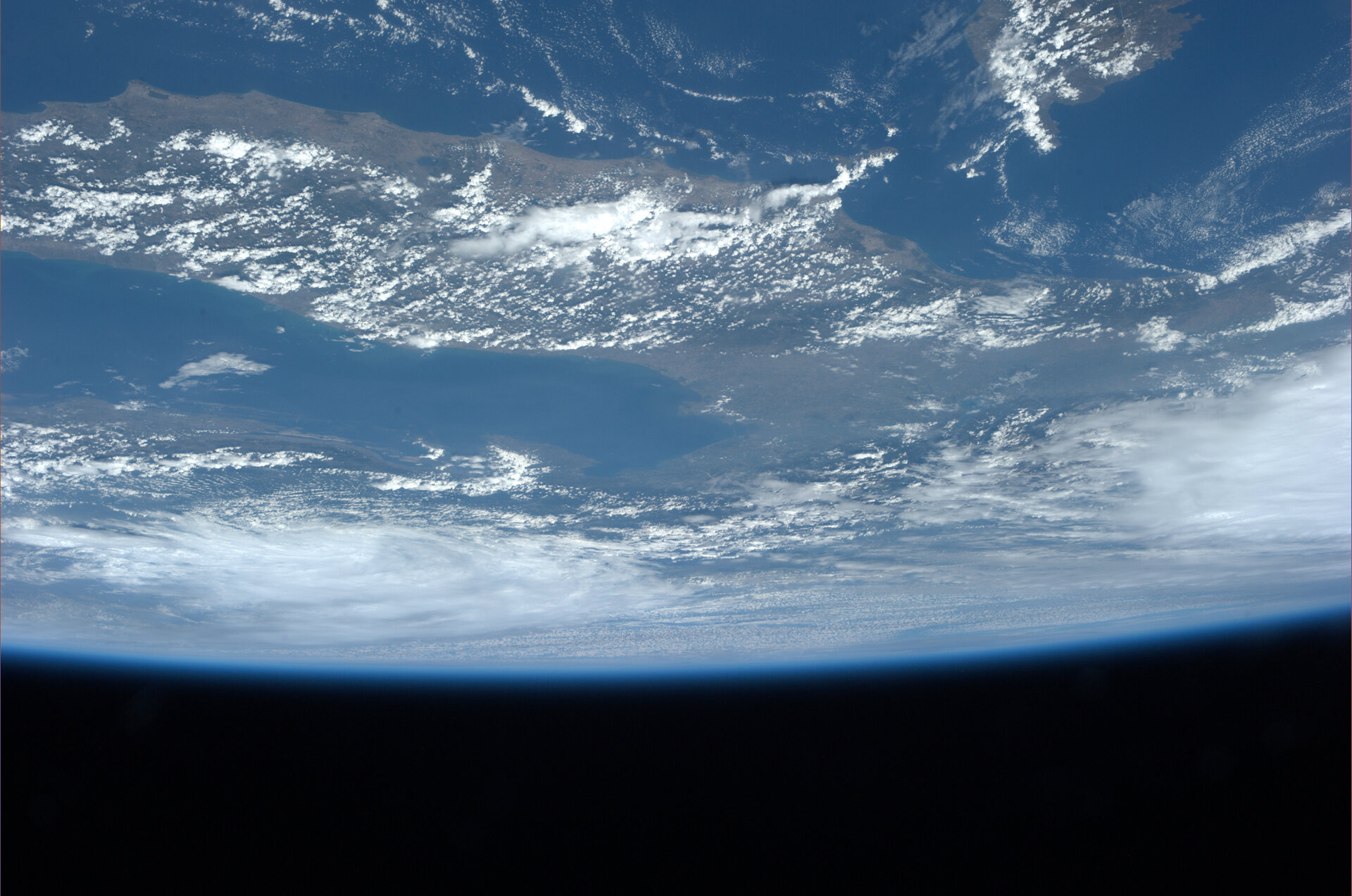Monitoring the UTLS from space
Ever wondered what effect air quality has on the weather and climate? Volcanic eruptions, desert dust, smoke from wildfires, human-induced pollution and sea salt can all play a role in determining the Earth’s heat balance and even affect the formation of clouds that bring rainfall to farmers’ crops. These particulates also interact with the ozone layer in Earth’s stratosphere that protects us from harmful ultraviolet radiation from the Sun.
In line with the high priority that the United Nations’ Intergovernmental Panel on Climate Change has assigned to research into air quality and climate, ESA has launched several studies to monitor atmospheric chemistry and weather on a global scale.
One recent study dealt with the characterisation of particulates in the upper troposphere/lower stratosphere (UTLS). The investigation was conducted by a consortium led by the Jülich Research Centre in Germany, supported under the Discovery element of ESA’s Basic Activities.
The study investigated the potential of the PREMIER instrument for investigating UTLS particulates. PREMIER was initially proposed to ESA as a mission for the seventh call for Earth Explorer missions.
PREMIER was not selected, but one of its instruments was considered to be interesting enough for further study. The instrument consists of two parts: a millimetre-wave limb-sounding radiometer and an infrared limb sounder (IRLS).
While previous PREMIER instrument studies focused on resolving 3D structures of atmospheric trace gases and temperature, preliminary studies in the literature indicated that the IRLS had a high potential for measuring particulates in the UTLS.

The atmospheric composition of the UTLS greatly influences the overall heating and cooling cycle of our atmosphere and thus affects climate change. The effect of clouds – which generally consist of water vapour and other tiny particles – is much stronger than that of greenhouse gases such as carbon dioxide.
Owing to the complicated structure of clouds and their interaction with the land and sea, the effect is also more complex. Located between eight and 25 kilometres above sea level, this region is where much infrared radiation escapes to space, where cirrus clouds trap outgoing radiation and where ozone is most effective as a greenhouse gas.
Studying tiny particulates in the UTLS is difficult from space. Satellites can observe the atmosphere by looking straight down (nadir-viewing) or diagonally through the halo that surrounds the Earth (limb-viewing).

Instruments looking directly downwards through the UTLS lack the vertical resolution to identify regions containing tiny particulates. On the other hand, limb-viewing instruments quite often fail to see through higher clouds due to the angle at which they monitor Earth.
Cloud-profiling radar and lidar space instruments respond to the need for vertical resolution, but they see just a small area of Earth at a time. The IRLS does have improved spatial sampling in both horizontal and vertical directions and includes a cloud-imaging function. Preliminary results from the study indicate that using the IRLS for studying particulates in the UTLS is therefore technically feasible.















 Germany
Germany
 Austria
Austria
 Belgium
Belgium
 Denmark
Denmark
 Spain
Spain
 Estonia
Estonia
 Finland
Finland
 France
France
 Greece
Greece
 Hungary
Hungary
 Ireland
Ireland
 Italy
Italy
 Luxembourg
Luxembourg
 Norway
Norway
 The Netherlands
The Netherlands
 Poland
Poland
 Portugal
Portugal
 Czechia
Czechia
 Romania
Romania
 United Kingdom
United Kingdom
 Slovenia
Slovenia
 Sweden
Sweden
 Switzerland
Switzerland


























